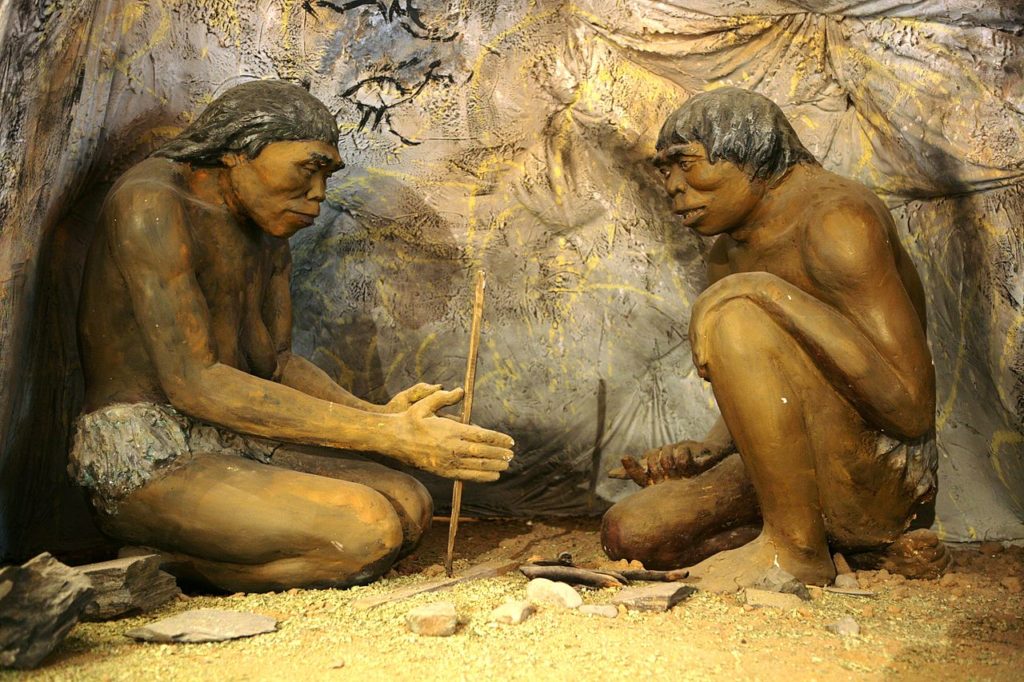
Getting to know about how our ancestors led their life, or how they came about, is always intriguing. Here are some interesting facts about human ancestors you may have never heard before.
5. Medieval people reopened graves to honor family.

Martine van Haperen, in her doctoral thesis, says that medieval people presumably reopened graves to strengthen the ties with their family ancestors, and would take objects with a strong symbolic significance.
In the early Middle Ages (450 – 800 AD), dead people were often buried with valuable items such as jewellery, weapons and earthenware pots. Martine van Haperen discovered that the people who reopened the graves did not take everything. They mainly took the objects with an important symbolic significance, such as swords and shields from the male graves and jewellery from female graves. These were possibly viewed as the carriers of mythical and ancestral powers.
She could determine what had been taken by comparing the contents of the reopened grave with the intact ones. Legal documents from the period state severe punishments for grave robbery. However, with the high percentage of reopened graves, and selective approach of the diggers, indicate that they may not have been viewed as robbery. “’The reopening of a grave was possibly often a communal ritual in which people came together at the grave, recalled memories and collected memorabilia or relics.” says van Harpen.
4. Cannibalism was more than just a meal for Neanderthals.
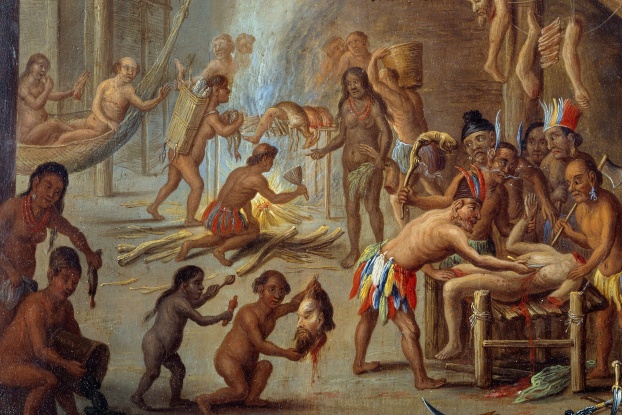
According to the study in the journal, Scientific Reports, cannibalism among homo sapiens—as well as Neanderthals, homo erectus and other hominins—was suffused with cultural meaning. “It seems unreasonable to think that early humans wouldn’t have had as complex an attitude to cannibalism as we modern humans,” James Cole, a senior lecturer in archaeology at the University of Brighton in England, said.
“They may have had as many reasons to consume each other as we do.”
Human Cannibalism by Neanderthals was confirmed when Human bones were found in a cave in Belgium. These bonese were said to be from a newborn, a child and four adults or teenagers who lived around 40,000 years ago. These bones showed clear signs of cutting and of fractures to extract the marrow within.
3. Human ancestors had tentacles.
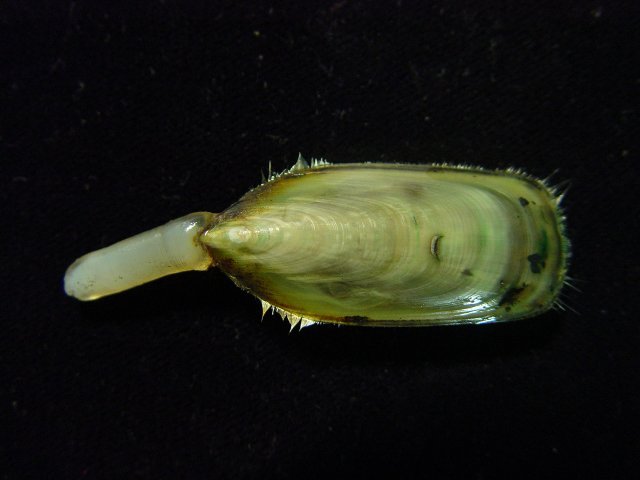
Humans didn’t become bilaterally symmetric suddenly. Their last bilateral symmetrical ancestor was theorized to be a complicated coelomic creature and had appendages for movement and food collection and a complex nervous system.
Professor Elena Temereva, the leading researcher at the of the Department of Invertebrate Zoology at the Faculty of Biology of the Lomonosov Moscow State University, succeeded in finding new evidence supporting this theory. She made her findings during her study of Lingula anatina is one of the oldest brachiopods having survived to the present day. It is considered by biologists to be a living fossil what means the organism which has remained unchanged over the past millions of years.
“Our study shows that there is a group of the Lophophore animals among the Bilateria—Lophotrochozoa taxon, which includes the largest variety of types of animals. The lophophore is a special organ that carries tentacles. Phoronids, brachiopods and bryozoans (ectoprocts) have collectively been called lophophorate, because they have the lophophore.”
Using immunocytochemistry techniques, laser confocal microscopy, 3D-reconstruction and transmission electron microscopy, Elena Temevera has managed to prove that Lopophore animals does exist. And that it descended from a common ancestor , which had both lopophore and tentacles.
“By virtue of the fact that there are tentacles among the two main taxons of bilaterally symmetrical animals, it is logical to assume that the common ancestor also had them. It means that the common ancestor of chordate animals, including people, also had tentacles,” Temereva explains.
2. Ancient humans were sacrificed.
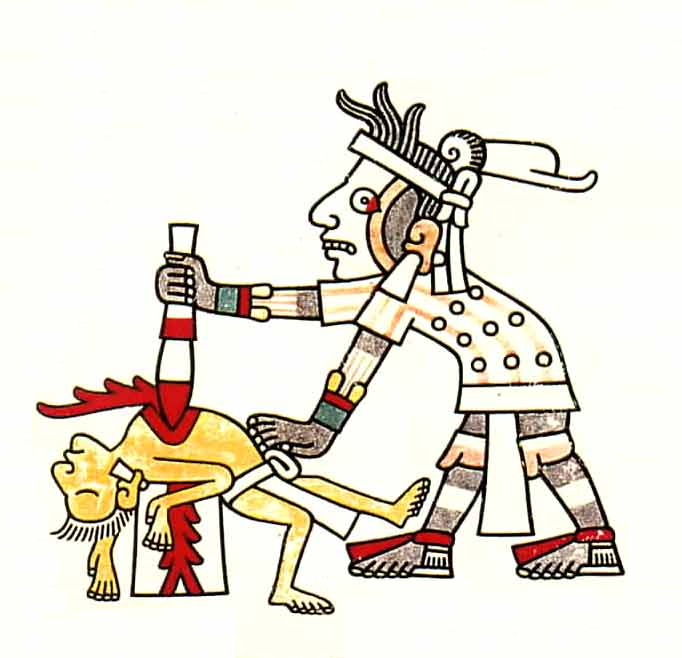
In Korea, Folklore indicates humans were sacrificed to appease gods and plead with them to ensure the structures being built lasted a long time. But, none of this was considered to be true due to lack of archaeological evidence. Until now.
Two skeletons dating from the 5th century were found under the walls of the Wolseong, or Moon Castle, in Gyeongju in South Korea, the capital of the former Silla kingdom . “This is the first archaeological evidence that folklore about humans being sacrificed for the foundations of buildings, dams or walls were true stories,” spokeswoman Choi Moon-Jung of the Gyeongju National Research Institute of Cultural Heritage told AFP.
1. .Humans’ oldest known ancestor- bag like sea creature
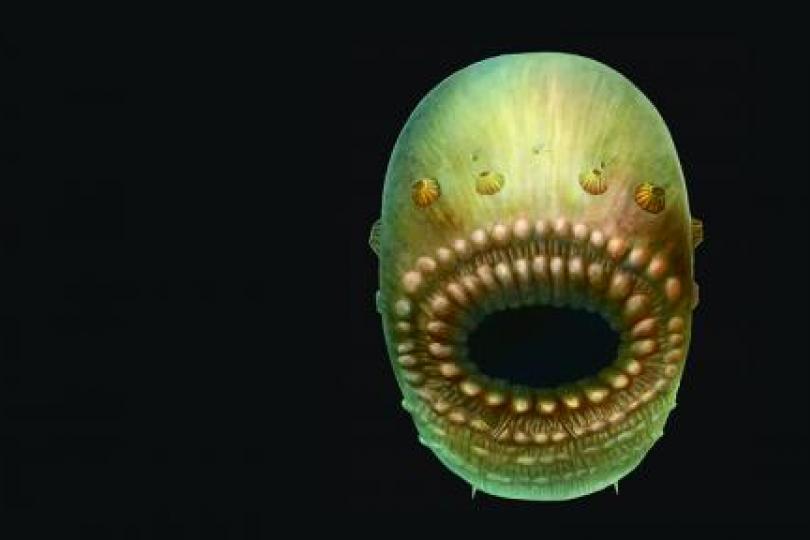
According to the study published in journal Nature, researchers believe that the pre-historic ancestor of humans is Saccorhytus coronarius. It is a bag- like microscopic creature with a large mouth, that lived 540 million years ago.
Saccorhytus was about a millimeter in size, and probably lived between grains of sand on the seabed Though they were less likely to resemble modern humans, they give remarkable insights into the very first stages of the evolution of a group that led to the fish, and ultimately, to humans.